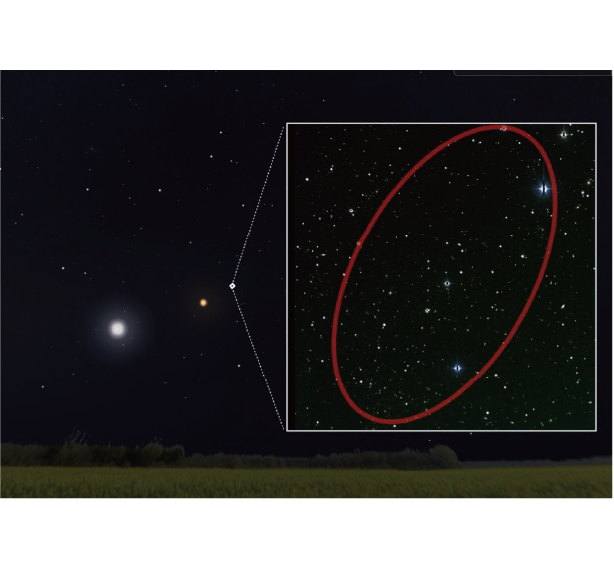
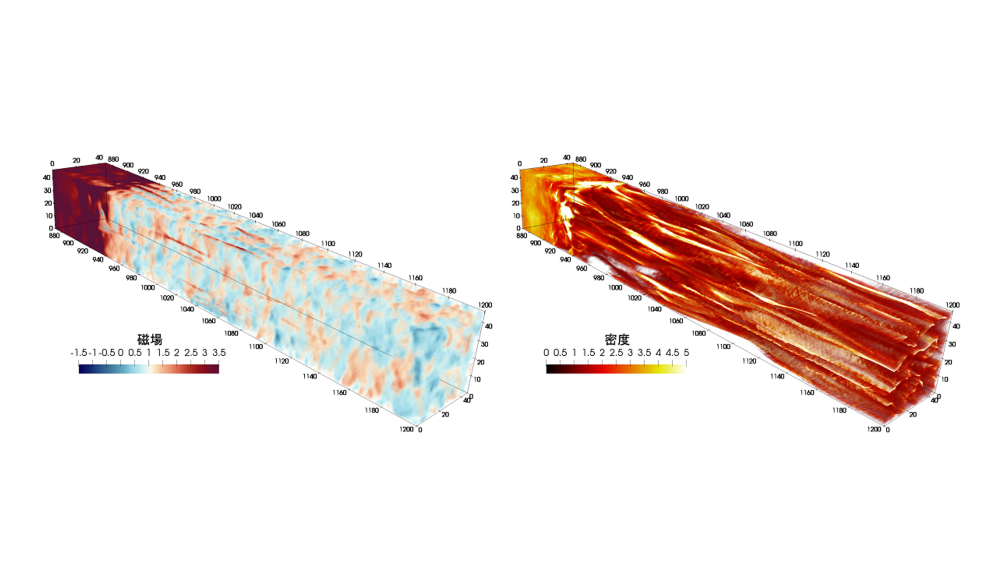
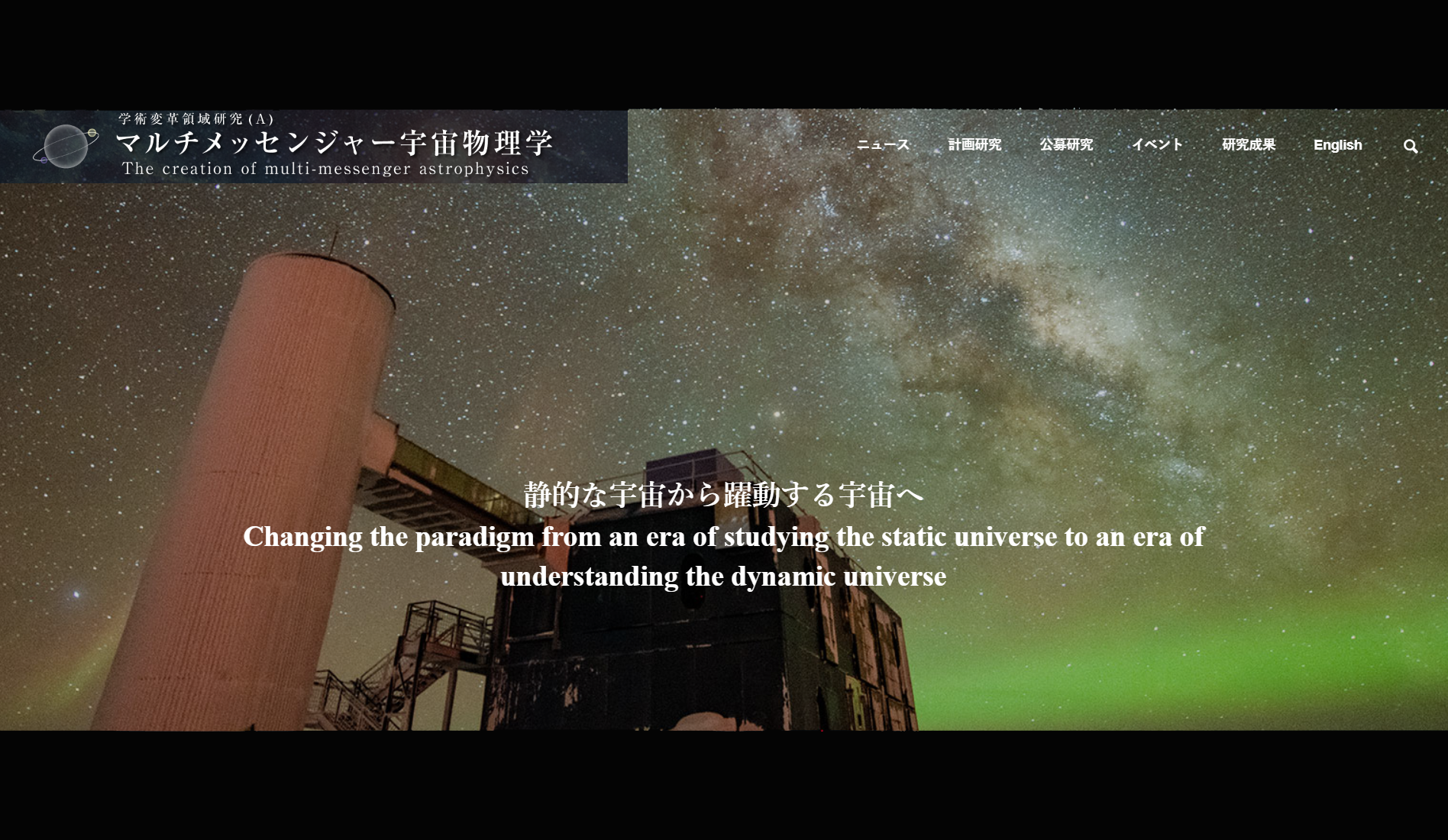
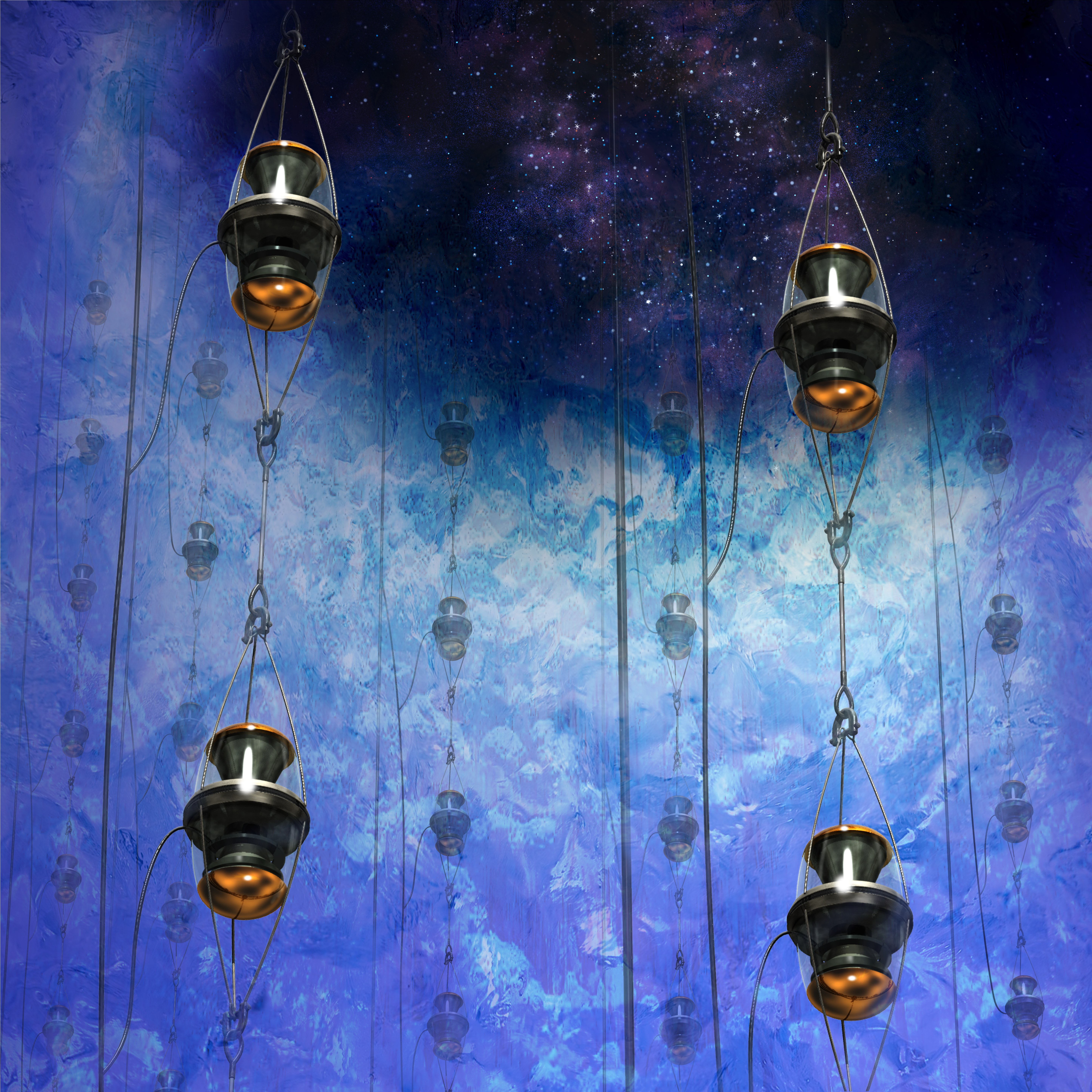
Click here for a list of news
The International Center for Hadron Astrophysics, or ICEHAP, was established in 2012 with two divisions, Neutrino Astrophysics and Plasma Astrophysics. ICEHAP’s goal is to gain a clearer understanding of the sources of high-energy hadrons (such as protons and neutrons) and the mechanisms behind particle acceleration, through collaboration with researchers searching for cosmic neutrinos and researchers conducting theoretical simulations of the phenomena associated with the activity observed around astronomical objects. In 2020, ICEHAP was reorganized as an independent university center, and it is now one of Chiba University’s most recognized research facilities, promoting research and education, and closely collaborating with researchers from around the world.
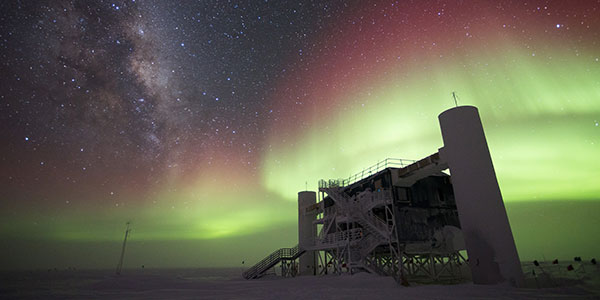
Cosmic rays are high-energy particles that bombard the earth, and researchers have puzzled over their origin for more than a century about where they come from. The problem is that it is difficult to identify cosmic ray sources because magnetic fields can cause cosmic rays to change direction, and because ultra-high energy cosmic rays lose energy through interactions with cosmic background radiation. Neutrinos are unique messengers to resolve these difficulties as they are neutral charged particles interacting very little with matters, which is why they can travel through space in straight lines. It is expected that the source of high-energy cosmic rays can be pinpointed by capturing neutrinos emitted by high-energy cosmic ray hadrons (e.g. protons and neutrons). In the Neutrino Astronomy Division, we are exploring the high energy universe with the world’s largest neutrino observatory, the IceCube Neutrino Observatory, located at the South Pole. In 2012, ICEHAP researchers made the world’s first observation of two high-energy neutrino events, and in 2017, we made the identification of the source of a high energy cosmic neutrino for the first time ever in human history. We are striving to solve the mysteries of the universe.
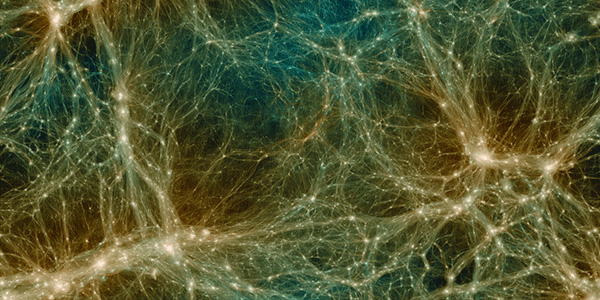
More than 80% of the mass of the universe is made up of dark matter, while most of the remainder is ionized gas, or plasma. Ions and electrons move almost freely in plasma, but because each particle is charged, they are strongly affected by magnetic fields. For this reason, plasma motion increases magnetic field strength, and the electromagnetic forces accelerate the plasma, causing an explosive release of magnetic energy. The Plasma Astrophysics Division conducts research to understand astronomical phenomena involving magnetic fields and plasmas, and we have been successful in these studies. We are using Fugaku and other supercomputers to conduct large-scale numerical simulations to clarify the mechanisms behind jet formation in active galactic nuclei, which are considered to be candidates for high-energy neutrino sources, about what causes particle acceleration near the shock front formed in such jets. We are studying a wide variety of astronomical phenomena, from the activity of our Sun, to the interaction between dark matter and plasma in cluster of galaxies.


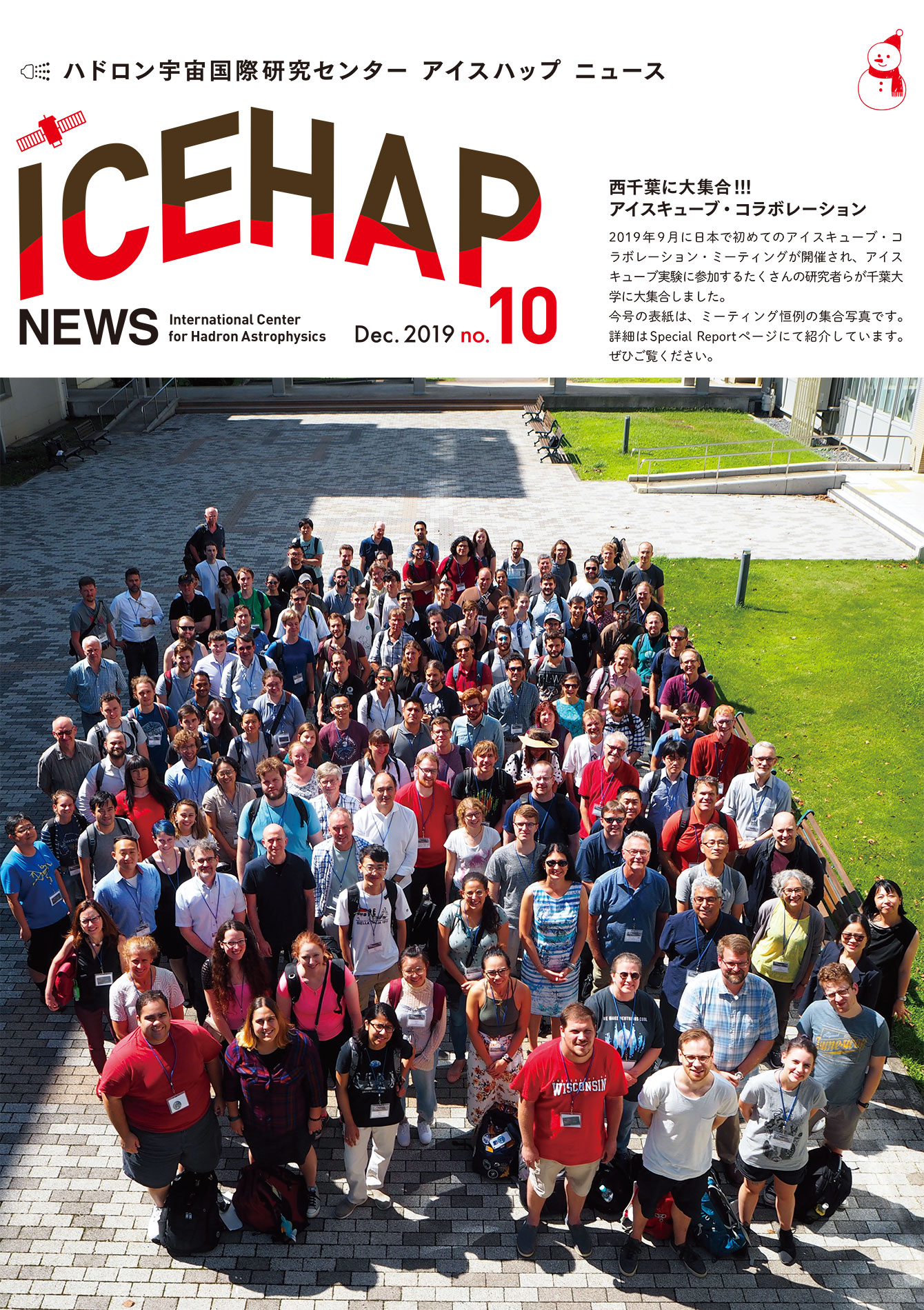
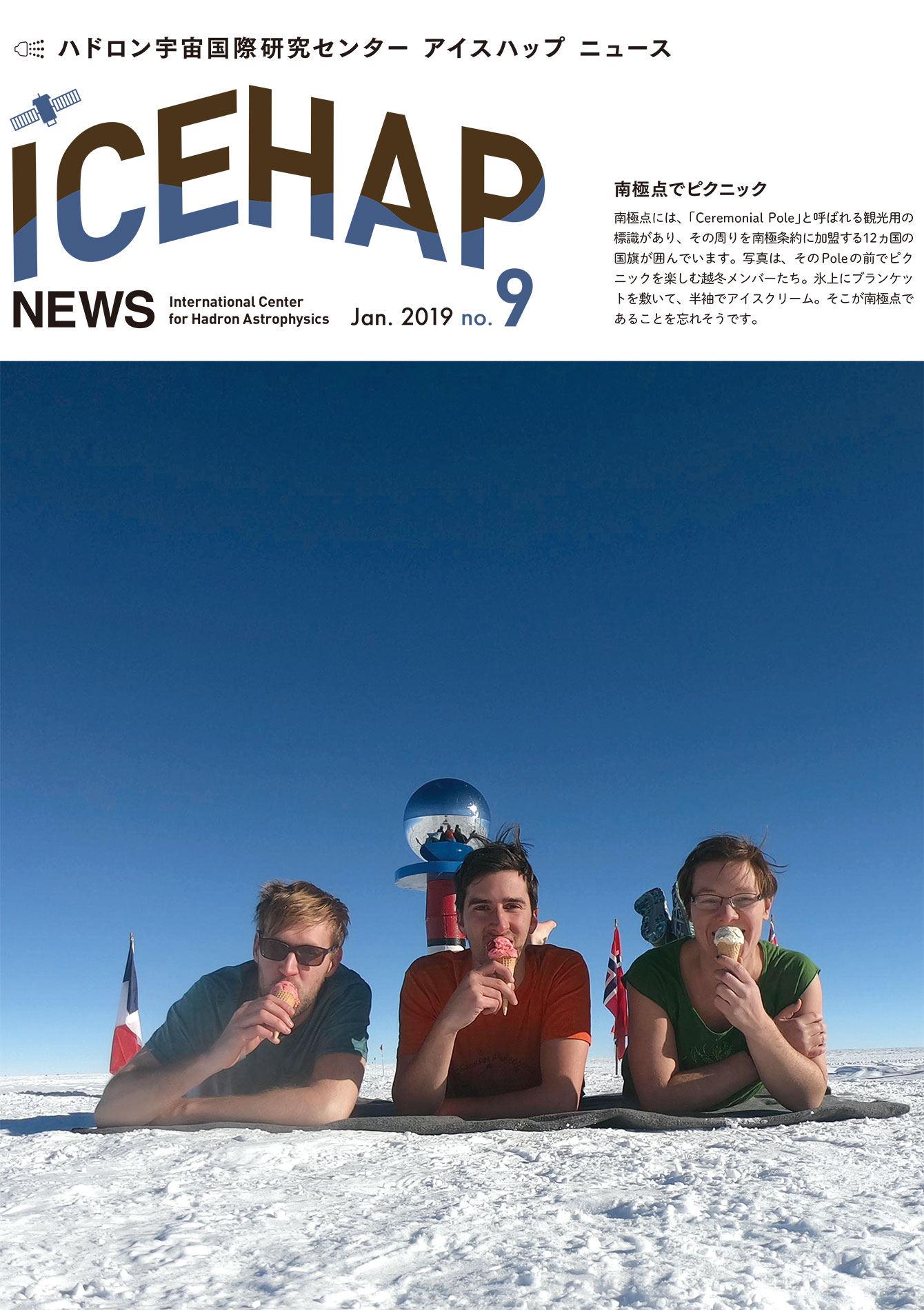
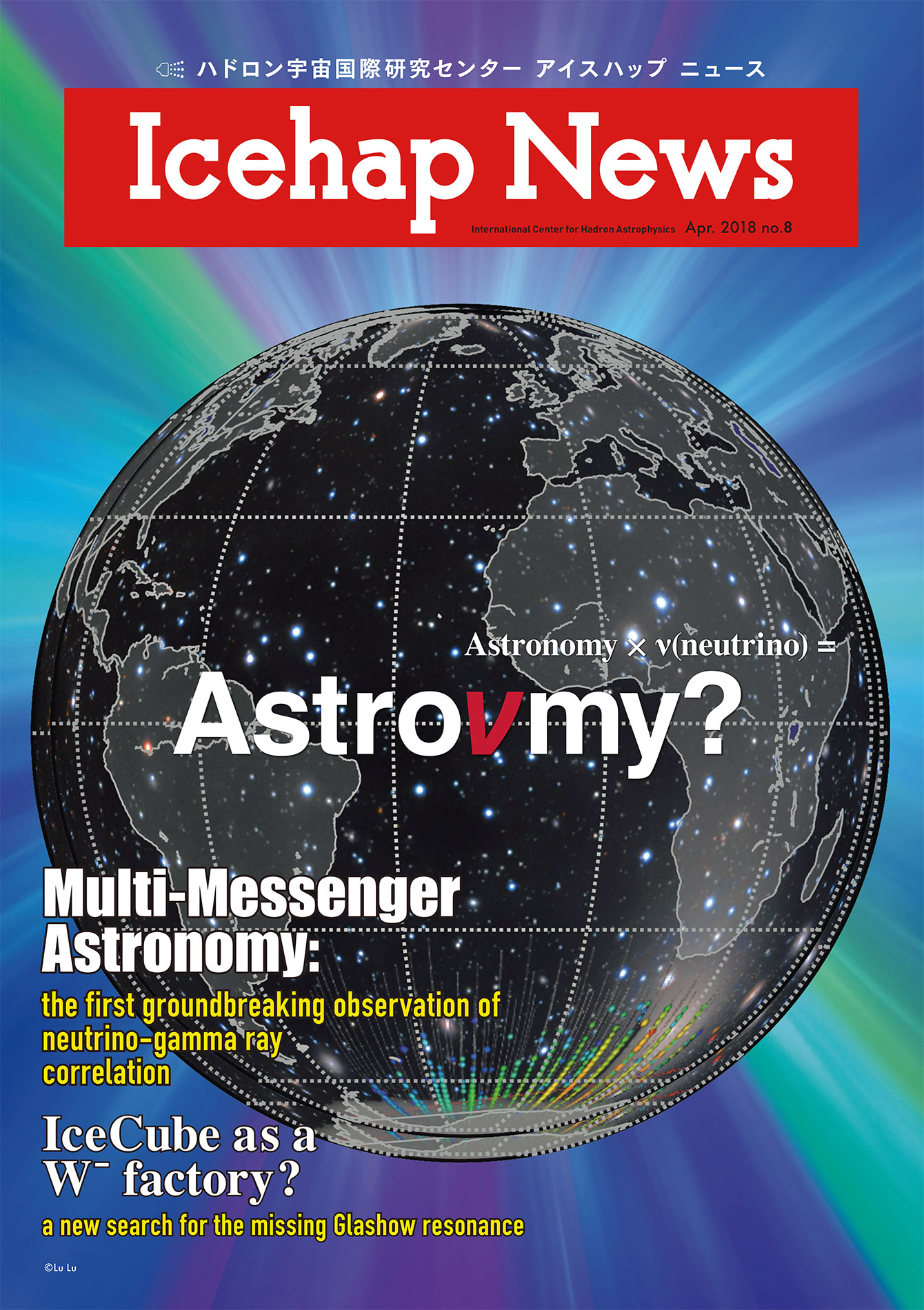
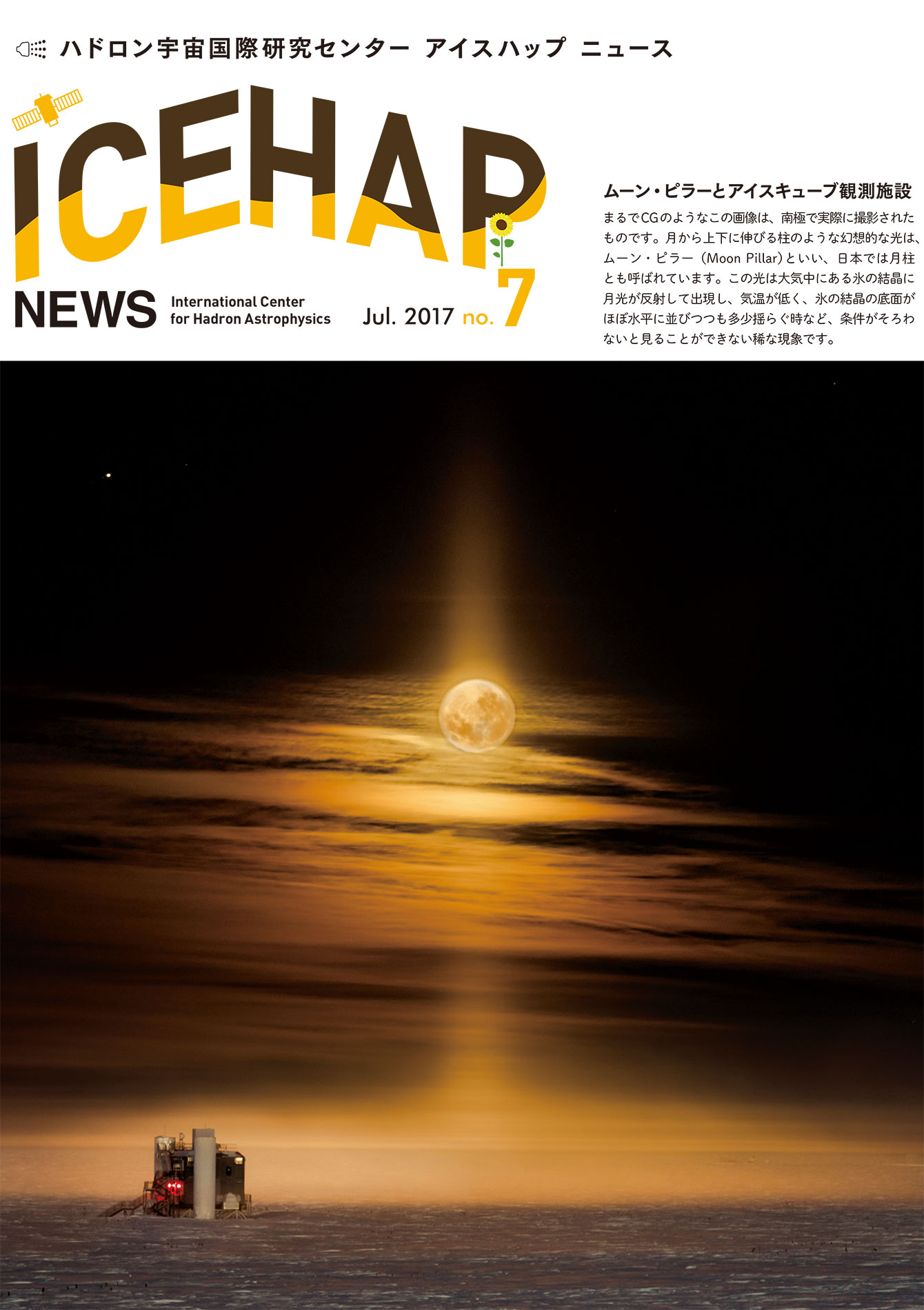


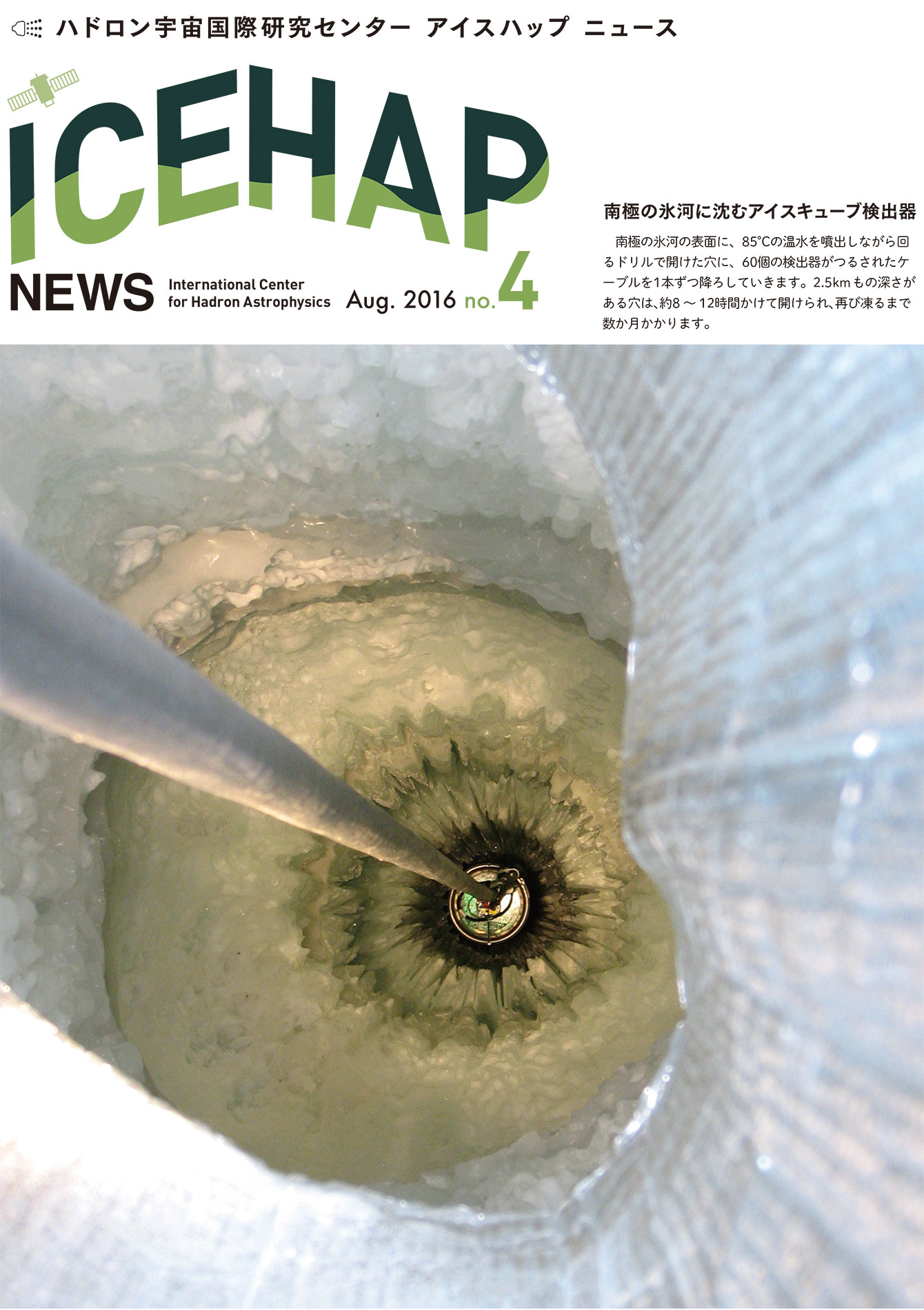
Click here for a list of ICEHAP newsletters(Japanese Version Only)